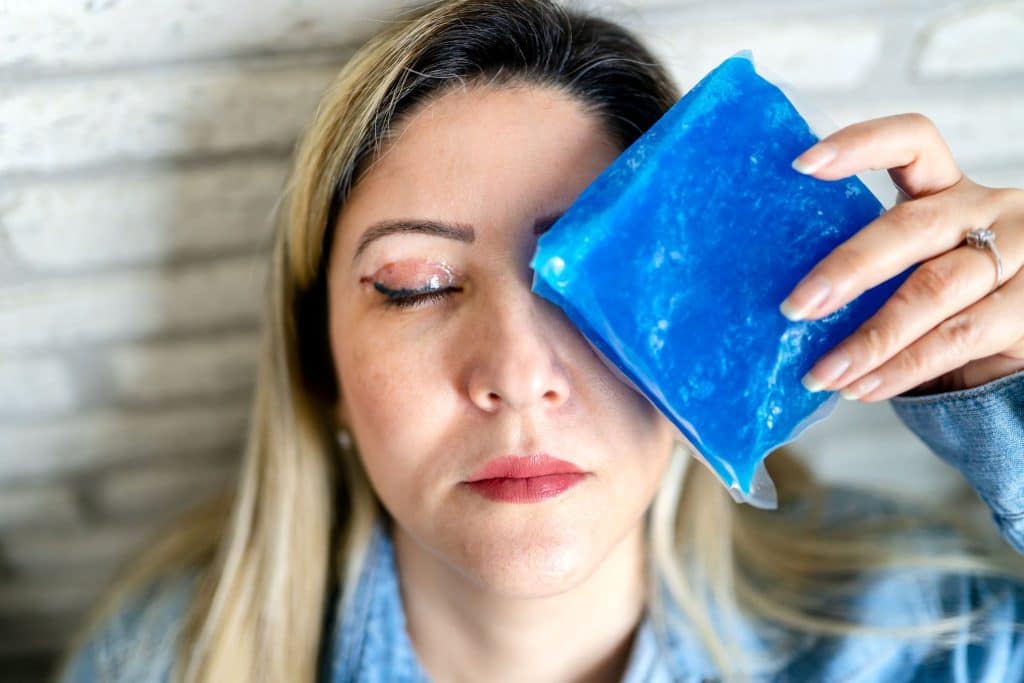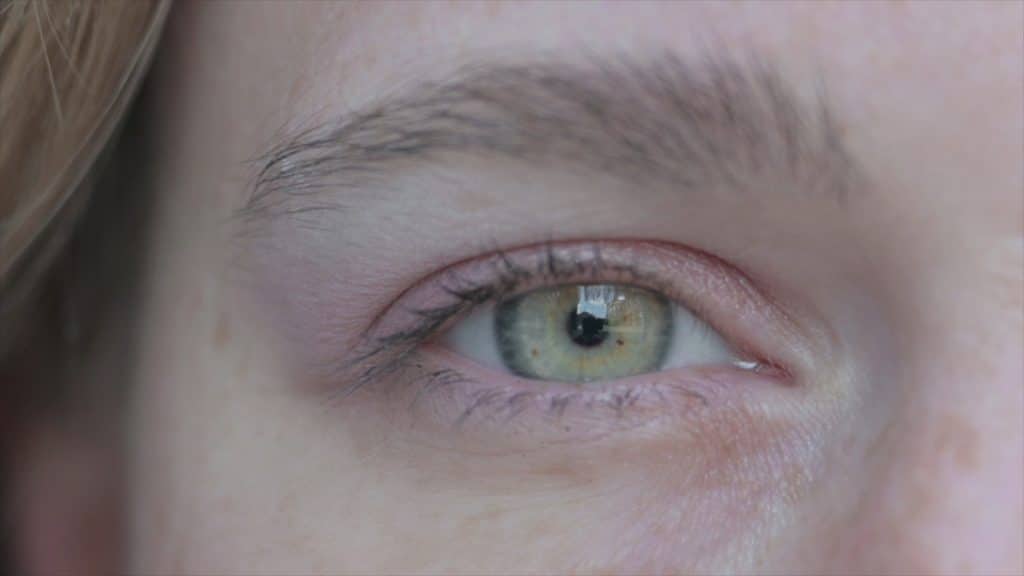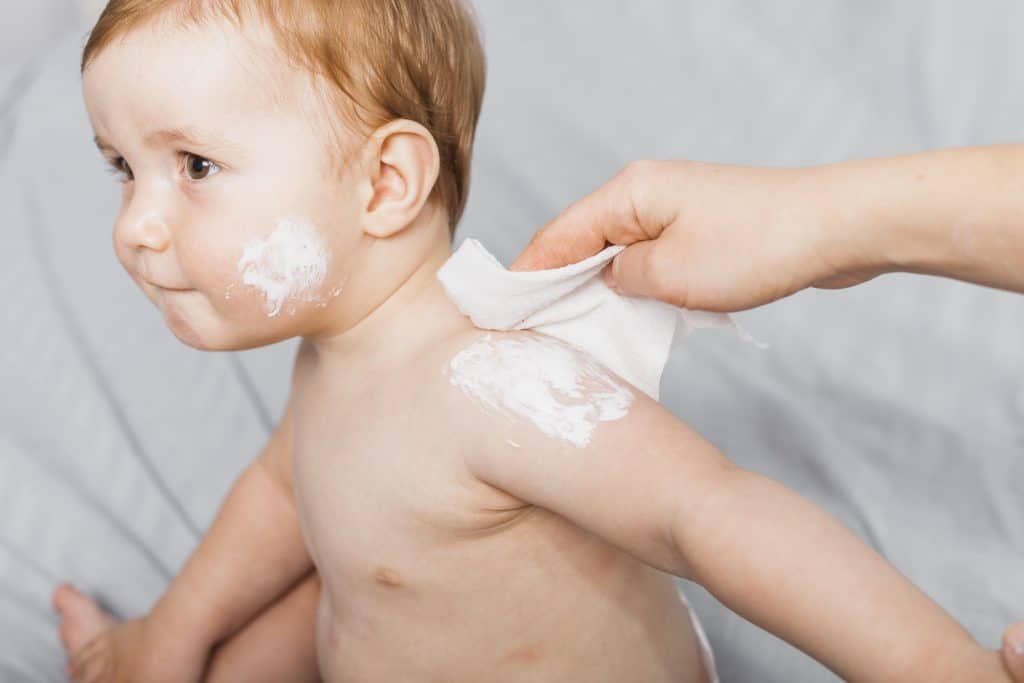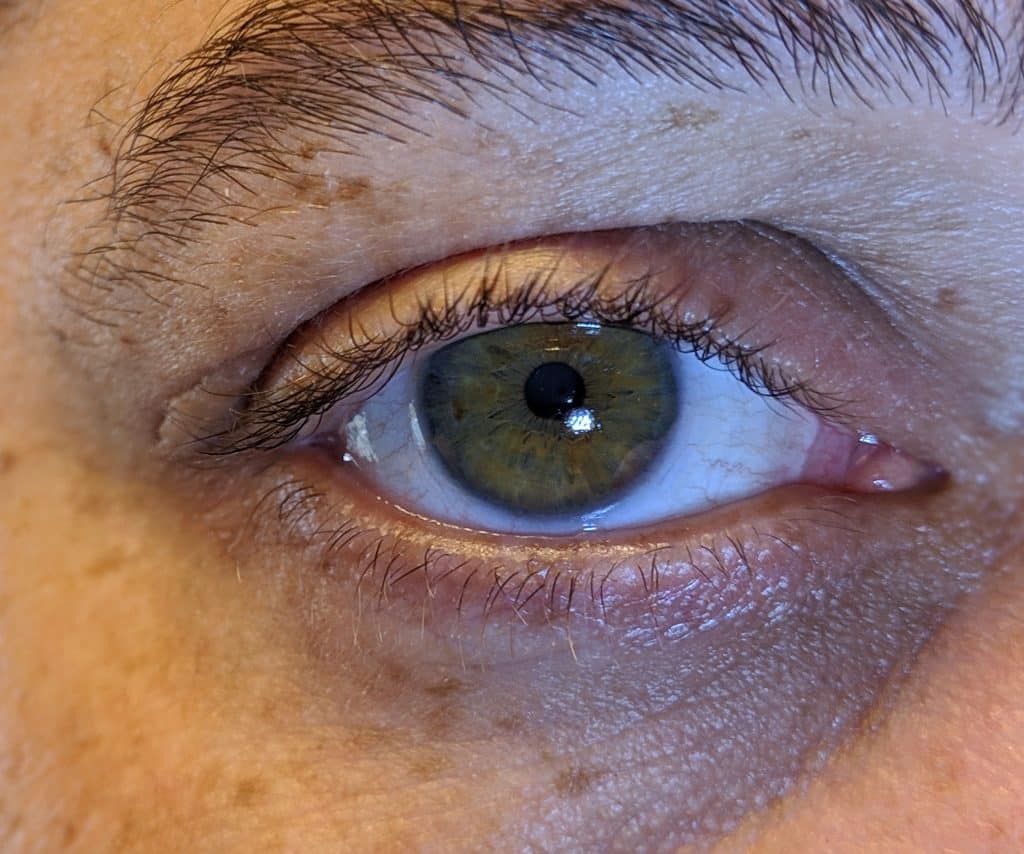Eyelid Eczema Cream: Gentle, Natural Relief for Itchy, Red Lids
Eyelid eczema can make every blink sting. This guide explains causes, common triggers, and what actually helps—gentle routines, safe ingredients, and when to see a professional. We also cover how a fragrance-free, hypoallergenic cream can support your skin barrier.
In this guide, we’ll break down everything you need to know. From the causes and symptoms to treatment strategies and what makes Bragan Skincare’s Atopic Cream stand out. Let’s dive in.

Understanding Eyelid Eczema
What is Eyelid Eczema?
Eyelid eczema is a form of dermatitis that affects the delicate skin around the eyes. It leads to inflammation, redness, itching, dryness, and sometimes flaking or swelling. Because the skin on the eyelid is thin and fragile, it’s particularly prone to irritation.
Common Symptoms
- Red, itchy eyelids
- Dry, flaky skin around the eyes
- Swelling or puffiness
- Burning or stinging sensation
- Cracks or oozing in severe cases
These symptoms aren’t just cosmetic. They interfere with daily life. Reading, working, sleeping—it all becomes a struggle.
Why the Eyelids Are So Sensitive
The eyelid skin is one of the thinnest on the body. It has fewer oil glands. That makes it less able to retain moisture—and more vulnerable to allergens, irritants, and harsh products.
What Causes Eyelid Eczema?
Environmental Triggers
Dust, pollen, pollution, or even cold air can set off eczema flare-ups. It’s not always something you can control—but understanding your triggers is crucial.
Contact Allergens
Common culprits include:
- Fragrances
- Preservatives in makeup
- Nickel in eyelash curlers or glasses
- Detergents
Underlying Skin Conditions
Atopic Dermatitis
Often genetic, it’s a chronic condition causing dry, itchy, inflamed skin.
Seborrheic Dermatitis
Affecting oily areas like the eyelids, this condition causes flaking and redness.
Allergic Contact Dermatitis
This occurs when your skin reacts to a specific allergen. Think makeup, eye drops, or face creams.
The Importance of the Right Natural Eyelid Eczema Cream

Why Ordinary Creams Won’t Work
Most creams are too harsh. They contain alcohols, fragrances, and preservatives—ingredients that burn or worsen eyelid eczema. Avoid using steroid creams without consulting a doctor first.
Choosing a safe and effective formula
You need something:
- Fragrance-free
- Hypoallergenic
- Gentle yet effective
- Clinically tested for sensitive skin
That’s where a dedicated eyelid eczema cream comes in. One that hydrates, calms inflammation and restores the skin barrier.
Key Ingredients to Look For
Gentle Moisturisers
Look for emollients like shea butter, glycerin, or ceramides. These replenish the skin’s natural oils.
Anti-Inflammatory Agents
Natural ingredients like calendula, aloe vera, or panthenol soothe inflammation without the risk of steroid damage.
Healing Boosters like Snail Mucin
Yes, snail mucin. It’s packed with proteins, glycolic acid, and enzymes that support skin regeneration. And it’s gentle—ideal for delicate areas like the eyelids.
Bragan Skincare’s Atopic Cream: A Breakthrough Solution

Developed for Sensitive Skin
Specially formulated for eczema-prone areas, including around the eyes, is Bragan Skincare’s Atopic Cream. It’s gentle, yet potent enough to calm flare-ups.
Powered by Snail Mucin
Snail mucin is the star ingredient. It hydrates, repairs, and soothes. Plus, it supports skin barrier and hydration, great for long-term skin health.
Free from Fragrance and Irritants
Fragrance- and colourant-free; dermatologically tested on sensitive skin.
Real-World Results
Many users with stubborn eyelid eczema report visible improvements in just a few days. Less redness. Less itching. The skin regains its softness and comfort.
How to Use Eyelid Eczema Cream Safely
Step-by-Step Application Guide
- Cleanse gently. Use lukewarm water and a mild, fragrance-free cleanser.
- Pat dry. Don’t rub—just gently pat.
- Apply a small amount. Use clean fingers or a cotton bud.
- Avoid getting it in your eye. Apply around the eyelid, not directly into the eye.
- Repeat twice daily—morning and night.
What to Avoid During Treatment
- Makeup or mascara
- Rubbing or scratching
- Perfumed face creams
- Eye drops (unless prescribed)
Long-Term Eyelid Eczema Management
Building a Gentle Skincare Routine
Stick to the basics:
- Cleanser
- Moisturiser
- Targeted eyelid eczema cream
- SPF during the day
Tips to avoid future flare-ups
- Identify and avoid triggers
- Switch to hypoallergenic makeup.
- Change pillowcases often.
- Avoid rubbing your eyes.
Common Mistakes to Avoid
Overuse of Steroids
Long-term steroid use can thin the skin, especially on the eyelids. Use only under medical supervision.
Ignoring Triggers
Pay attention to what causes flare-ups. Food, stress, sleep, skincare—track it all.
Using the Wrong Products
Should you use that anti-ageing cream containing retinol? It’s a no-go. The same applies to items that are strongly scented or contain alcohol.
Eyelid Eczema: Children vs. Adults
Special Considerations for Infants
Children’s skin is even more sensitive.
Adult-Specific Concerns
Adults may deal with cosmetic concerns—fine lines, puffiness, etc. But eczema comes first. Healing the skin barrier is key.
When to See a Dermatologist
Persistent Symptoms
If your eczema doesn’t improve in a week or worsens, consult a professional.
Signs of Infection
Redness, warmth, oozing, or yellow crusts may indicate an infection. Seek treatment fast.
Final Thoughts on Natural Eyelid Eczema Cream
Knowledge is Key
Eyelid eczema is frustrating—but manageable. Understanding the causes, symptoms, and solutions puts you back in control.
Choose products backed by science.
When it comes to treatment, don’t guess. Choose a trusted eyelid eczema cream like Bragan Skincare’s Atopic Cream. It’s gentle, powerful, and made for your most delicate skin.
FAQs About Eyelid Eczema Cream
1. Can I use Bragan’s Atopic Cream directly on my eyelids?
Yes. It’s safe for use on delicate skin, including around the eyes. Just avoid direct contact with the eye itself.
2. How long does it take for eyelid eczema to heal?
With consistent use of the right cream, symptoms may improve within days. Full healing can take a week or more.
3. Is steroid cream safe for eyelid eczema?
You should only use it under medical supervision. Extended use may cause skin thinning.
4. Can I wear makeup with eyelid eczema?
It’s best to avoid it during a flare-up. Once healed, choose hypoallergenic, fragrance-free products.
5. Is Bragan’s Atopic Cream suitable for children?
Yes. It’s gentle enough for infants and toddlers. Always do a patch test first.
Atopic Cream for Sensitive Skin
Atopic Cream for Sensitive Skin (with Snail Mucin)
Calm, comfort, and support for dry, itchy, and irritation-prone skin. This dermatologically tested cream helps support the skin barrier and is ideal for sensitive skin that reacts to soaps, detergents, stress, and weather changes.
Why you’ll love it:
-
Helps soothe itching and redness
-
Deeply hydrates and softens dry patches
-
Supports a healthier skin barrier
-
Suitable for sensitive and reactive skin
-
Gentle enough for daily use on face and body
How to use:
Apply a thin layer to clean, dry skin once or twice daily. Use consistently for best results.
Allergy notice:
Contains snail mucin. If you have a shellfish allergy, avoid use and patch test first.
Stock up & save:
Choose a larger size or add multiple items to your basket for better value.
For more information on eyelid eczema, check out our other blogs:




Q: Can I use steroid cream on my eyelids?
A: Yes, but only mild steroid (usually 0.5–1% hydrocortisone) in a thin layer for a short, clinician-directed burst. Because eyelid skin is very thin, prolonged or unsupervised use can increase risks (e.g., skin thinning; with excessive use over weeks–months, glaucoma or cataracts). Always follow your prescriber’s plan. National Eczema Society
Q: What non-steroidal options are there for eyelid eczema?
A: Topical calcineurin inhibitors—pimecrolimus (Elidel) or tacrolimus (Protopic)—are commonly used on delicate areas like the eyelids. They are not steroids and don’t thin skin, though they can sting at first and you should follow sun-safety advice. National Eczema Society
Q: Is eye make-up safe if I have eyelid eczema?
A: During a flare, it’s best to avoid eye make-up. When calm, choose fragrance-free, low-irritancy products and remove make-up gently with an emollient on a damp cotton pad. If you suspect a product is triggering flares, go bare-faced for a few days, then reintroduce items one by one. National Eczema Society
Q: How long should healing take—and how long do I use treatment?
A: Many people notice improvement within 3–7 days on an appropriate regimen. Steroids are typically used 5–14 days (potency and duration depend on the site and severity), and some clinicians advise continuing for ~48 hours after symptoms settle to reduce rebound. If there’s no improvement, seek medical advice. PatientNational Eczema Society
Q: When should I see a clinician urgently?
A: Get medical help if you have weeping or golden-crusted skin, painful blisters (possible eczema herpeticum), worsening symptoms, vision changes, or if flares don’t respond to first-line care—especially if you suspect contact allergy limited to the eyelids. National Eczema Society
Featured Bragan Skincare Products
-
€39.99 – €100.00Price range: €39.99 through €100.00Select options This product has multiple variants. The options may be chosen on the product page
-
€100.00Select options This product has multiple variants. The options may be chosen on the product page
